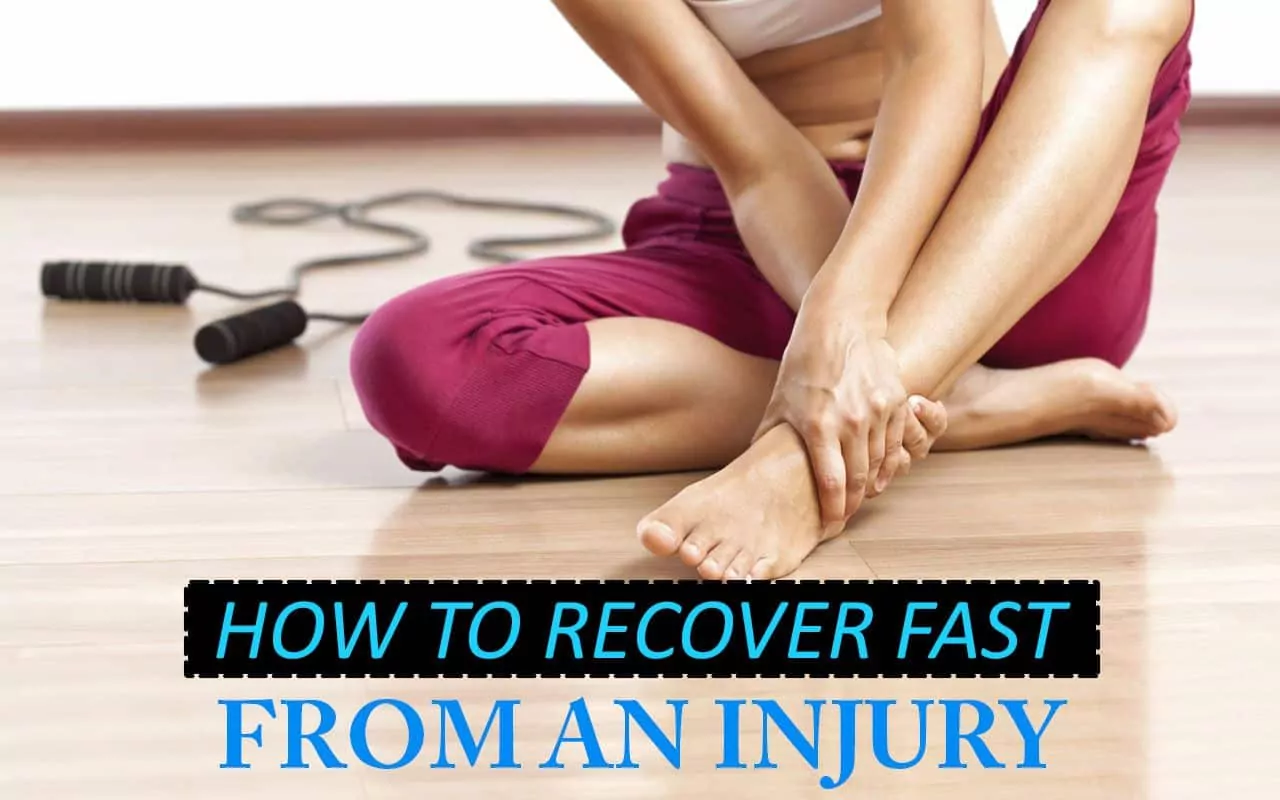The pace of modern life is fast, sometimes unexpectedly so. Sometimes just trying to keep up with it burns us out, but sometimes trying to stay healthy enough to keep the pace does that too. We’ve embraced the need to live healthier, eat more healthfully, and generally keep ourselves as active as possible, but sometimes these pursuits will see us encounter untoward incidents or accidents that could result in injury. These things do happen – whether it’s a bad step on the sidewalk on the way to work, or landing wrong from a jump during racquetball or tripping while jogging. The question usually is whether or not we can recover quickly enough to get back into the swing of things while we’re needed at work.
We’ve all lived through sports and related injuries, of course, so we know it’s not impossible to come back strong from a sprain or muscle pull. However, it’s often not a question of if, but a question of how soon. As noted, the sooner we can come back from injury to rebuild, redesign and reclaim, the better. Of course, the trick is also to make sure to avoid coming back too fast – that is, before your body is fully ready to take on the rigors of the routine again. So how does one manage to speed up the recovery process, without potentially making things worse?
- Proper first aid works wonders. When first encountering the injury, address proper first aid as effectively as possible. RICE is the favored acronym for similarly favored measures.
- R stands for Rest. Ideally, the injured joint or body part should be used as little as possible. If it’s a leg part like the knee or ankle, stay off it; if it’s an arm part like the wrist, shoulder or elbow, don’t use the arm. This is of course necessary in order for the healing process to take place unhindered by constant movement and agitation – continued use could even cause additional damage. While for some of us this will be easier to do than others – not everyone can take time off work for a comparatively small injury, for instance – at least giving the part a rest when at home would be better than nothing.
- I stands for Ice. Keeping a cold pack on the injured part will be instrumental in reducing the inflammation that will typically accompany the injury. While inflammation is a natural bodily response to injury, keeping it to a minimum is a crucial step, mainly because too much inflammation will result in a considerable amount of pain and could potentially lead to further tissue damage. The cold will numb the pain a bit, and will soothe the muscle by contracting the injured capillaries while minimizing swelling. Within three days of the injury, apply ice to the affected area hourly, for up to 20 minutes each time.
- C stands for Compression. This step is commonly overlooked by those who believe the ice pack will do enough to help them along. However, compression can yield quite a few benefits that bear attention. First, wrapping the injured part with elasticized bandages, cloth, or enclosing it in a compression sleeve can add a layer of protection from being banged about even unintentionally. Furthermore, the tightness of the compression is known to stimulate blood flow, allowing for more efficient clearing of metabolic waste in the area and encouraging circulation that will ideally lead to similarly improved healing. Paired with ice, this should help the injured area knit itself together.
- E stands for Elevation. Raising the injured area above the level of the heart (and keeping it that way by resting it on a pillow) will typically help decrease the pain caused by the swelling (which will also be minimized). This tends to go hand in hand with rest because having to keep it in that ideal position will usually minimize any other activity anyway.
This should help bring the pain down after about three days. If the pain persists, you should consult a physician just in case. The injury might be more severe than thought, or there might be other factors complicating or hindering recovery.
- Wearing sports braces can assist recovery to a degree. At the very least, the braces can provide support, as well as minimizing the range of movement of the affected area to prevent further damage resulting from moving about too much. Depending on the body part, there are different types of braces. Wrist and knee braces are available for either side limb, usually geared toward minimizing movement in order to prevent pain and provide a layer of protection. Knee braces in particular are helpful for injuries like ligament tears and sprains, and ankle braces are the same for their particular body part.
- Compression sleeves or compression socks and the like tend to pair well with braces and various other treatments. As mentioned, compression keeps the swelling down, partly by limiting the space within which swelling can even occur to begin with. Furthermore, the way that compression sleeves encourage proper blood flow in the area has long been documented as a prime benefit – doctors have prescribed these to patients wanting to deal with varicose veins or spider veins, as well as to patients wishing to avoid blood clots in the affected areas while recovering from injury or surgery. The way compression aids recovery isn’t miraculous, but it is certain to be felt and recognized by the person recovering.
For more information on our Copper Infused Compression Sleeves, Click Here!
